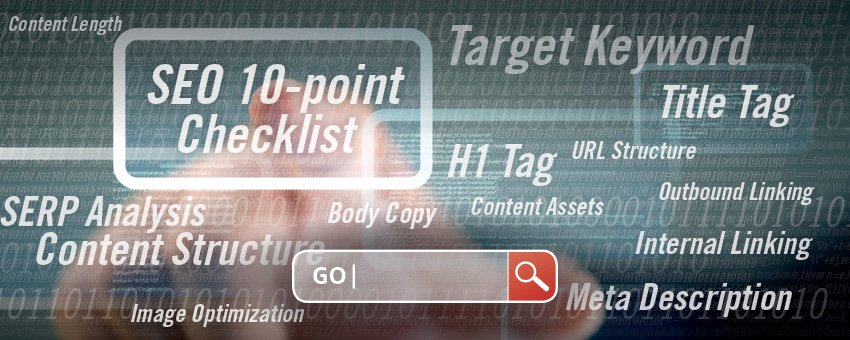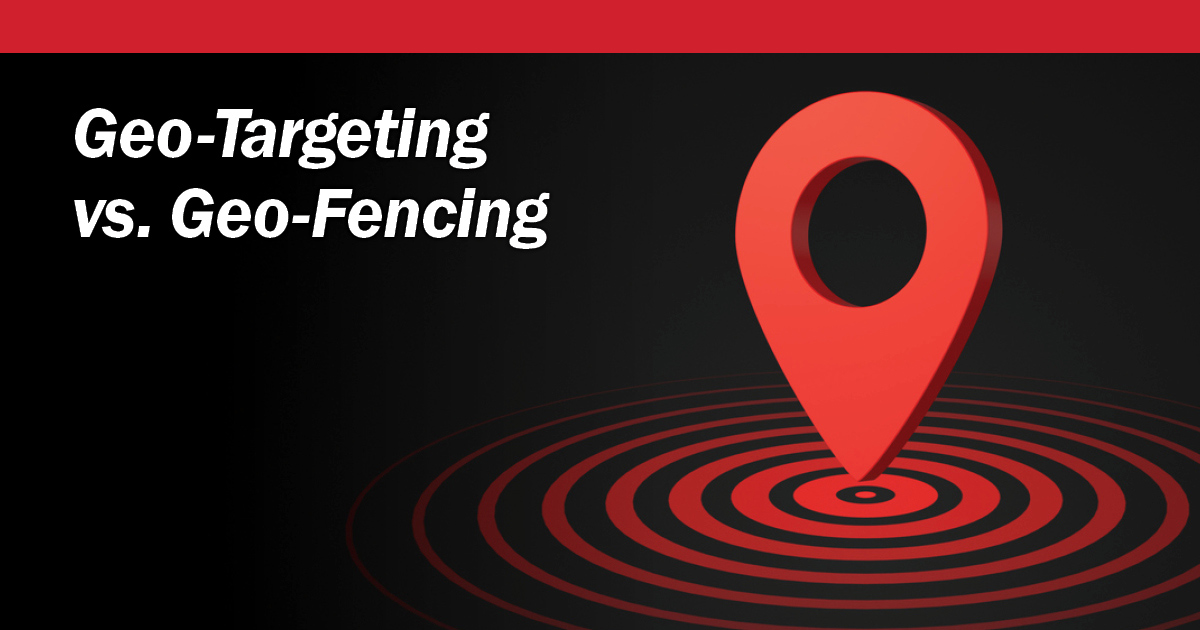Ready to grow your audience and increase your organic search rankings? Use this checklist to optimize a web page for search engines.
- Target Keyword: These are words and phrases in your content that make it easier for your target audience to find your site or web page via search engines. Have you identified the primary keyword.
- SERP Analysis: Search Engine Results Page Analysis is a process that helps you evaluate search results for a given set of keywords. Among other things, it helps you gauge the level of difficulty and whether it is possible to rank high for a particular keyword. Can you even rank for this?
- Title Tag:
a) Front-load your target keyword by including it within the title tags. Have you done this?
b) The title should contain less than 60 characters so that it displays completely on the search results page.
c) Can you add buzzwords to increase click-through rate (CTR)?
- Meta Description:
a) The content’s meta description, which also appears on the SERP, should contain the target keyword articulated in the language your audience knows or expects.
b) In addition to keywords, reinforce the meta description with a compelling call to action (CTA) that will help ramp up CTR.
- H1 Tag:
a) Your primary heading (H1) tags should be keyword-optimized. Done this?
b) Populate your secondary and other minor tags with related, secondary keywords.
- Body Copy:
a) Ensure that the copy mentions the target keyword in the first 200 words. This is a must.
b) Craft the content in a way that it retains natural keyword density. Peppering content with too much keywords will compromise quality. On the other hand, very low keyword density won’t help search engines index your content the way you want.
c) Your content should also contain LSI (Latent Semantic Indexing) keywords. These refer to terms or phrases that are not necessarily synonyms of but are semantically related to the primary keyword.
- Content:
a) Content Length: Does the copy comprehensively answer the searcher’s query?
b) Content Structure: Is the content easily scannable? Are there huge blocks of text that you should partition? Does it have a high degree of readability?
c) Content Assets: This is the fun part. Can you add videos, images, screenshots, or other goodies?
- URL Structure:
a) The url for the specific content should contain the target keyword. Does it?
b) Does the url have a clear or meaningful taxonomic organization?
c) Avoid including stop words (such as and, but, etc.) in the url to limit character count. There are reasonable exceptions though.
d) As recommended by Google, do not include underscores (_) in your url. To truncate phrases, use hyphens (-) instead.
- Links:
a) Internal Linking: Your copy should contain at least one to two deep links to relevant content. Be sure to do this. Use a relevant keyword as anchor text for the linked content. Ensure that this is done in a natural context, neither spammy nor repetitive.
b) Outbound Linking: Your copy should acknowledge external authoritative or relevant sites via a link or two. Have you done this?
- Image Optimization:
a) Even images included in the copy should be optimized for SEO. Therefore, ensure that their file names contain the target keyword.
b) Alt tags should also contain the target keyword.
c) The appropriate image dimensions should be specified for proper indexing.
Optimizing web pages takes time, but if you can master SEO, and influence the right external factors, you’ll set your website up for success.
Need help with your websites SEO? Our in-house experts can work with you to ensure your content, keywords, meta tags, page titles, links and articles are all search engine optimized. Get in touch with us to discuss your SEO needs.
Want to learn more? Read our 6 essential tips for SEO.




